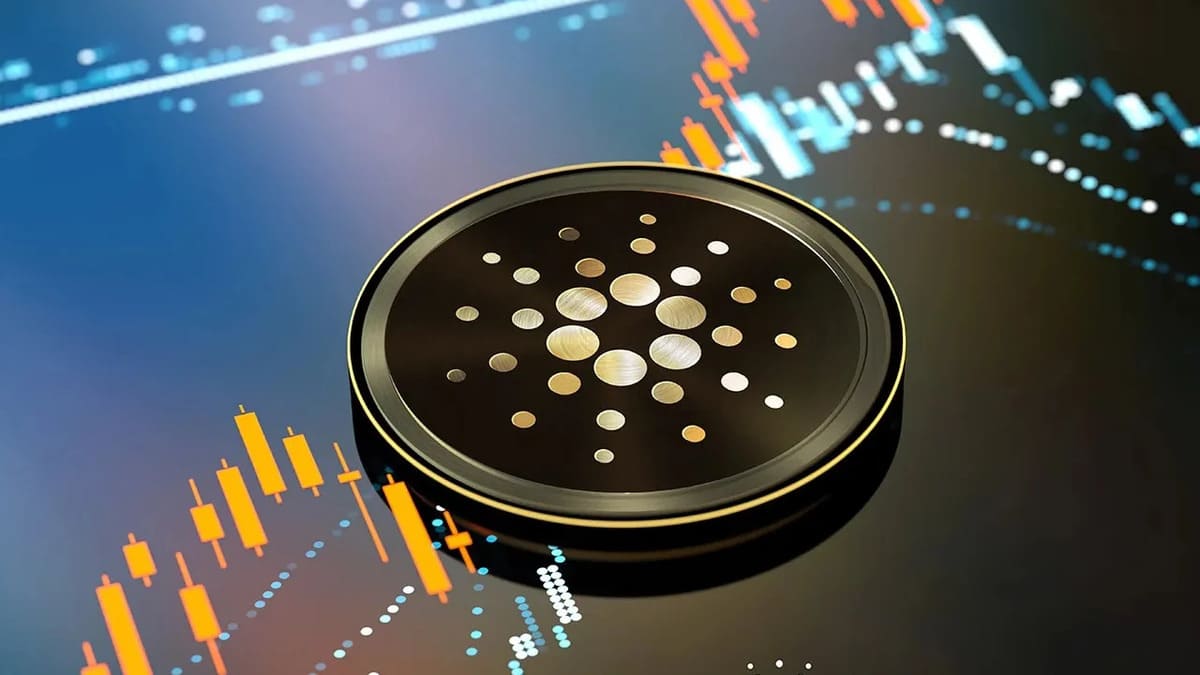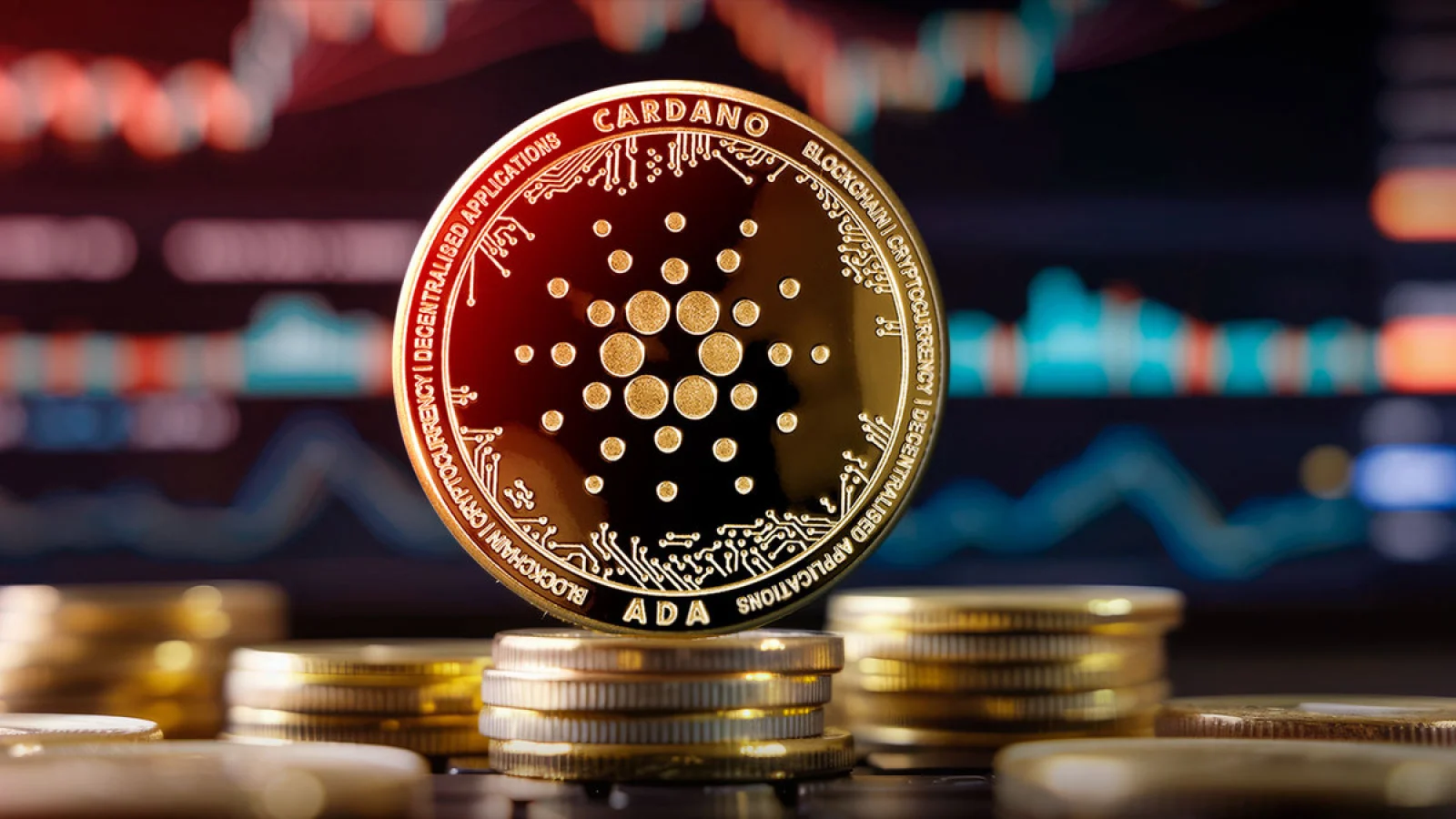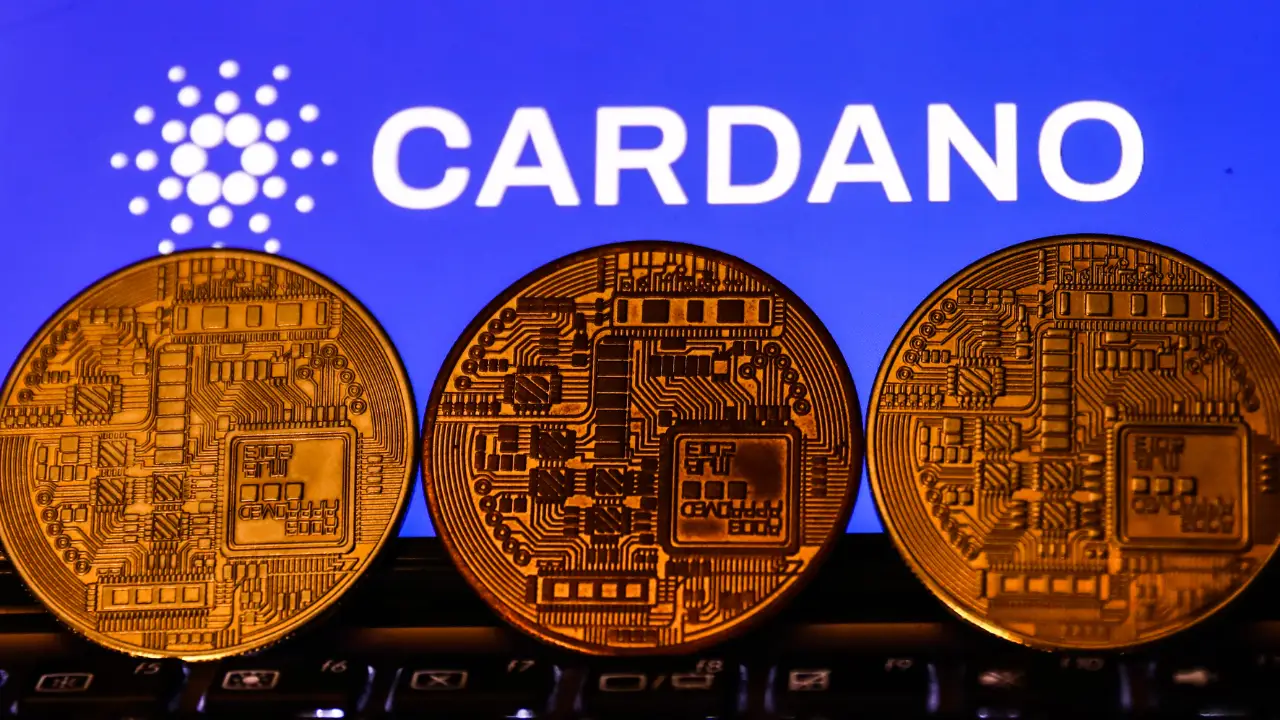Cardano formerly ranked among the top ten cryptocurrencies based on market capitalization, but it has fallen out of the list. This development is a drastic turn down for a project that was alleged to counter the giant platforms such as Ethereum. Thus, the shown decline of Cardano does not seem to be amazing for those who observe the market situation, especially taking into account the problems with adoption, growing competition, and the fact that it is heavily based on off-chain solutions that can limit the platform’s development actively.
Cardano’s Decline is A Consequence of Slow Adoption and Competition
Cardano has already left the top 10 cryptocurrencies by market capitalization rankings mainly because it is unable to match the higher activity and faster evolving competitors. In September 2021, the highest value that Cardano (ADA) reached was $3. 09, and had a market value of nearly $100 billion. However, as of August 2024, the price drastically reduced to $0. 33, and with its market capitalization already standing at roughly $11. 5 billion.
The cryptocurrency market is highly fragmented, and having leaders like Ethereum and Solana and others that are constantly improving as well as adapting and gaining developers and users a rate that the ADA project has been unable to do. While Cardano’s smart contract function is unique, its functionality has been criticized, mainly because it uses off-chain components, which is against decentralization principals: a response from a blockchain developer conversant with the issue. These off-chain aspects are considered to be a disadvantage, which detracts from the value proposition the Cardano offers to developers seeking to build truly decentralized solutions.

However, Cardano network activity still lags behind many of its counterparts. Despite the significant adoption rate in user interactions and their number of transactions, Cardano is stagnant compared to Ethereum and Solana. This has hindered the development of a healthy ecosystem for the network’s users and overdependency on ADA token has put the market cap in a declined position.
The Risks and Challenges Facing Cardano
Fortunately, the problems facing Cardano go beyond competition and low user adoption rates. Some critics in the crypto community have pointed at the fact that the project has off-chain components. Though these components allow flexibility of the whole decentralised network, these present threats, such as, user funds get trapped during downtimes of the network. This has also had the effect of making it tricky to sustain custom solutions, thus contributing to the network’s operational overheads.
In terms of technological background and opportunities for smart contract implementation, Cardano has faced the problem of relatively low popularity. Another factor that slowed its adoption is that Layer 2 solutions have emerged in Ethereum, which has somewhat negated most of the primary benefits of using Cardano. Most projects in the Cardano ecosystem have not met the expected levels of success, resulting in a loss of investor confidence and hence the drop in its market cap.

“Cardano’s development activity has been robust, but the lack of tangible results in terms of user adoption and ecosystem growth has been disappointing,” noted a cryptocurrency analyst who has followed Cardano’s progress closely. This stagnation has allowed faster, more active networks to outpace Cardano, leaving it struggling to maintain its position in the market.
Cardano Developments: Can the Ecosystem Recover?
Nonetheless, there are certain recent shifts within the Cardano network that, theoretically, might result in an increase in the value of the cryptocurrency. Intersect, a group working on Cardano development, has urged dApp projects to step up the process to prepare for the Chang Upgrade #1. It is anticipated that on the basis of these changes, a solution for decentralized governance will be implemented on the Cardano network, the absence of which has long been a significant weakness.
Currently, more than 80% of stake pool operators in Cardano have migrated to the new validator node, indicating the network’s qualitative change. However, for Chang Upgrade to be fully effective, exchanges and DApps should also modify their software to meet the new governance model.
The drop of Cardano from the ranking list of top 10 cryptocurrencies within the all-time market capitalization suggests the problem of lowered market attention and suppressed trading activity. Nevertheless, on-chain governance and other future upgrades that are currently being planned may bring new life to the ecosystem. However, if Cardano is able to successfully implement these updates and onboard more developers and users to its ecosystem, it might be able to claw back a portion of the lost gains.
Conclusion: The Road Ahead for Cardano
The fact that Cardano recently dropped out the top 10 cryptocurrencies list due to their market cap shows that competition is tough and stiff for anyone in this field. Nonetheless, the technological basis of the network is strong; the network has faced challenges in sustaining its position because of slow accumulation, intensification of competition, and excessive incorporation of off-chain elements. Nonetheless, given newer projects on the way such as the Chang Upgrade #1, it could be a sign that Cardano will bounce back.
Despite these updates, the Cardano community has been discouraged after the decline of Vasil’s staking node count, and investors and developers will be keen to know whether these updates will do the trick. What remains of Cardano to date is yet to be driven by a clear and detailed strategy of its developers as they seek to fight for a place in the highly saturated market.



















































































































